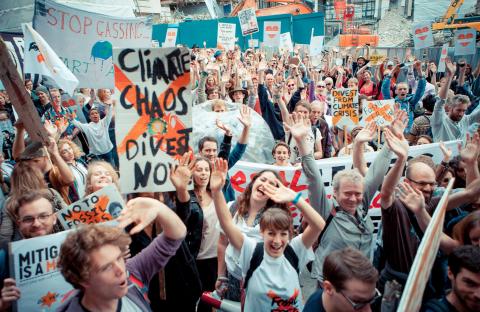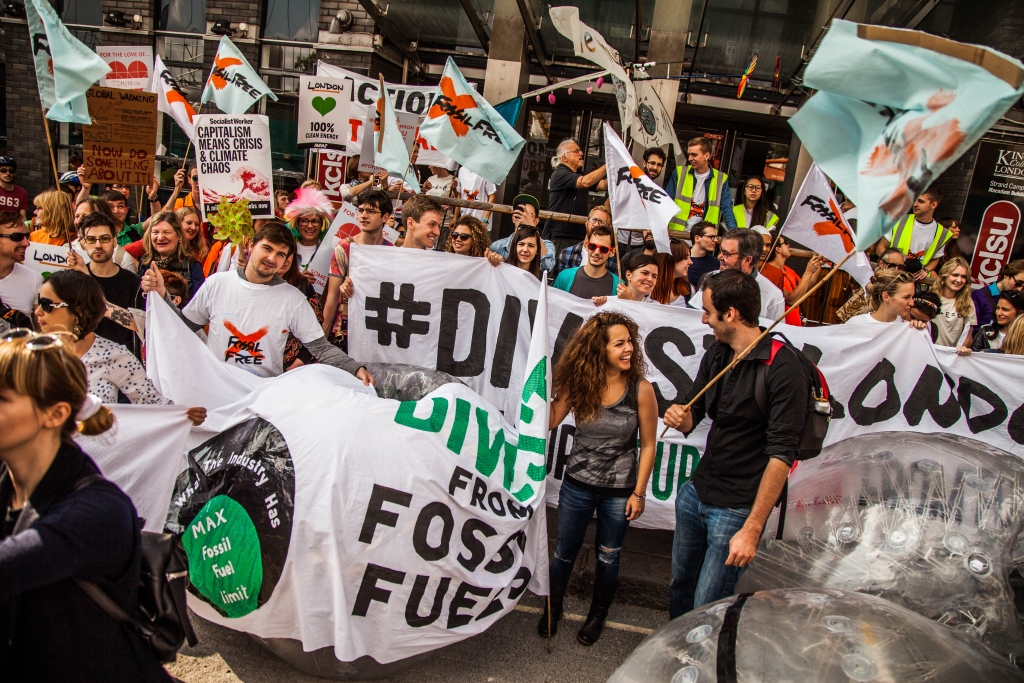Strategies
Does Divestment Work?
Let's be clear – negative screening or divestment is an ineffective strategy to change a company's behavior when done quietly and individually. Divestment needs to be part of a wider movement addressing some form of social inequality. Personally abstaining from investing in harmful industries is helpful but it cannot be mistaken for effective direct engagement with a company.
A divestment movement activates when activist shareholders drop their investments and enact the same negative screen to widespread media coverage.

The goal of divestment is to publicize a crisis – such as apartheid in South Africa, genocide in Sudan, or repression in Burma – in order to delegitimize the perpetrators of that crisis and stigmatize the companies that enable them; in those cases, divestment was part of the platform that righted the situation. It can also pressure companies to meet the demands of the people on the frontlines of their practices; hotel workers were able to receive tens of thousands of dollars in backpay owed to them after students from several universities won divestment from HEI Hotels & Resorts.
Strategies
There are a variety of tactics and strategies available to concerned citizens trying to protect the world. These can support, complement, or be alternatives to divestment campaigns.
- Negative screening
- Shareholder activism
- Symbolic holdings
- Community investing
- Low-carbon investment funds
- Complete divestment
The Penn campaign to divest from HEI sought to improve HEI's labor practices through engagement, with the ultimate of goal of divestment if HEI did not meet all of workers' demands. So, divestment was a strategic choice that won a victory for workers when other pressure tactics had failed.
What is appropriate depends on the specifics of the issue and political situation, but at Divest Concordia we think that with the climate crisis there is no longer any choice but immediate divestment from Canadian and international fossil fuel companies.

